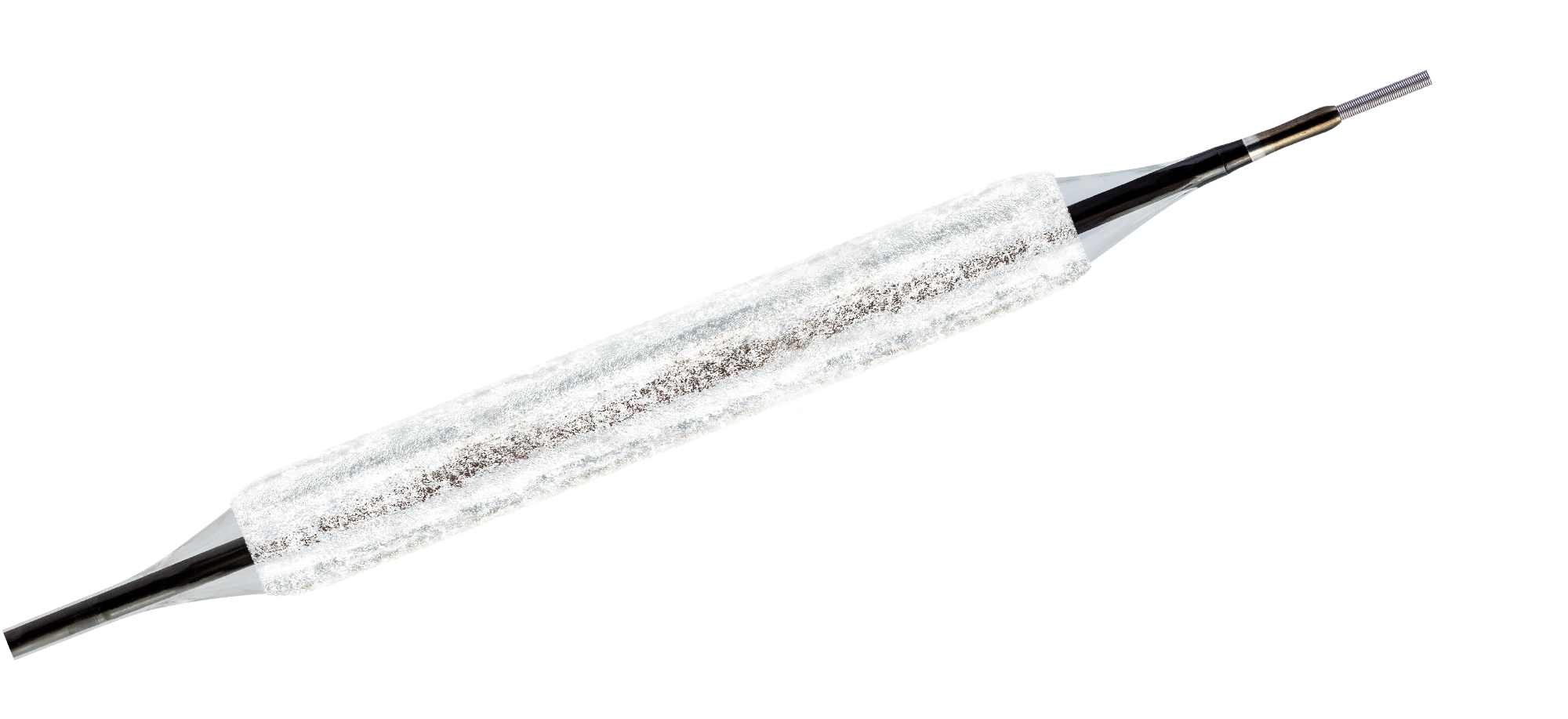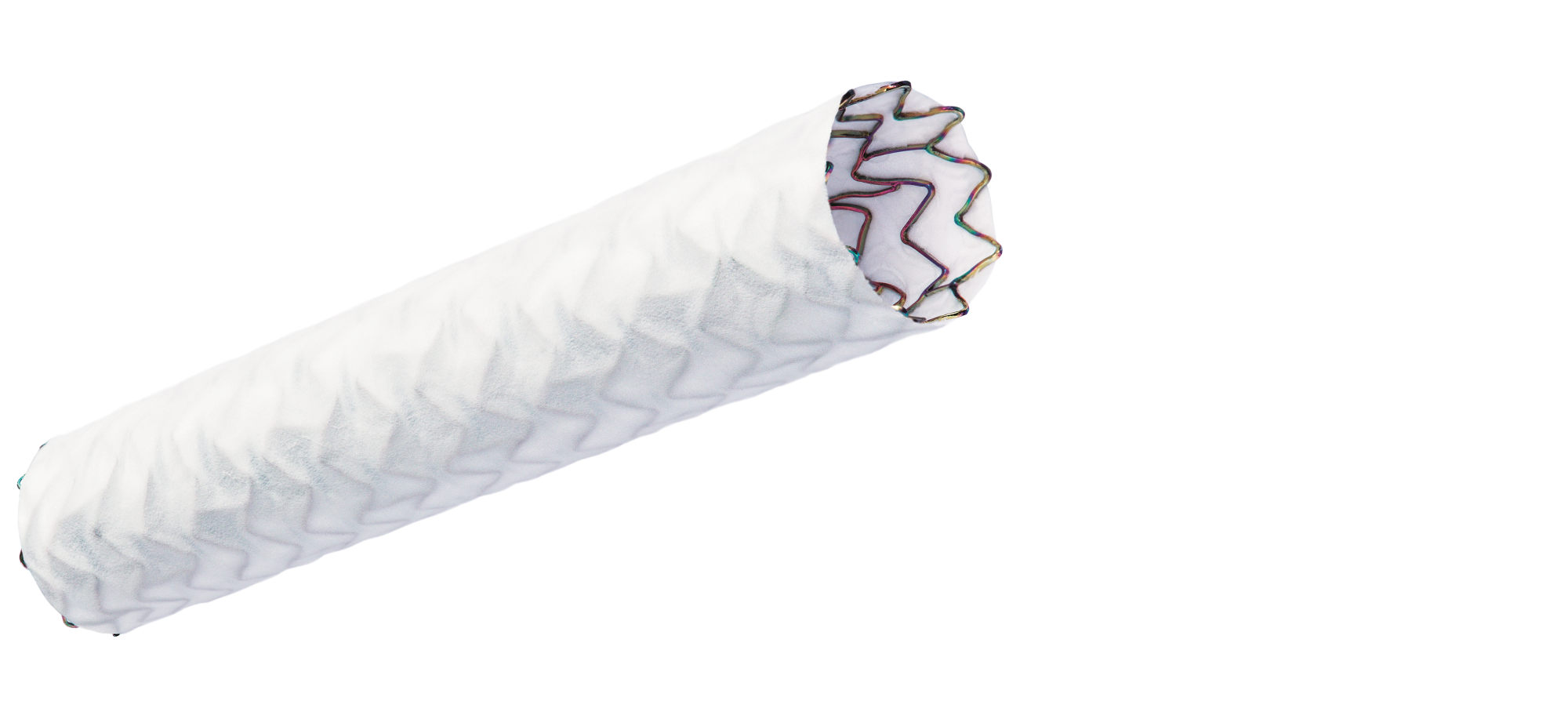Leading the way in PCI



Rescue

Get in touch to learn more
Please fill out the form below and a BIOTRONIK representative will contact you shortly. Thank you for getting in touch.
Your Information will be processed in accordance with our privacy statement. Please note that you can withdraw your consent at any time by using the unsubscribe option in our emails.
Not all products are available in the US.
a. 99.3% resorbed at 12 months (markers are not resorbable), based on clinical data; b. More clinical studies including larger number of patients reporting clinical outcomes with longer follow-up time than BeGraft Coronary Stent Graft System; c. Compared to Jostent Graftmaster.
1.Based on statistically significant differences on the bench tests for Pushability, Trackability and Crossability compared to Xience Skypoint, BIOTRONIK data on file (n=5), Superior to Xience in STEMI patients, Iglesias JF. et al, Long-term outcomes with biodegradable polymer sirolimus eluting stents versus durable polymer everolimus-eluting stents in ST-segment elevation myocardial infarction: 5-year follow-up of the BIOSTEMI randomized superiority trial, The Lancet, 2024; 2. BIOTRONIK data on file; 3. Haude M. et al., the Lancet eClinicalMedicine 2023;59: 101940; 4. Haude, M. et al., EuroIntervention 2023;19:1-1 published online May 2023; 5. Seguchi M et al. OCTAnalysis 12M, presented at ESC 2023; 6. In comparison to Xience Sierra, Resolute Onyx and Synergy for bench tests on pushability, trackability, and crossability, BIOTRONIK data on file; 7. As characterized with respect to strut thickness in Bangalore et al. Meta-analysis; 8. Based on investigator’s interpretation of BIOFLOW-V primary endpoint result; 9. BIOTRONIK data on file, Benchtest data: Freesolve in comparison to BIOTRONIK Orsiro Mission and Abbott Xience Sierra; 10. Based on pre-clinical data, Seguchi, M et al, EuroIntervention 2023;18-online publish-ahead-of-print January 2023; 11. BIOTRONIK data on file, in comparison to predecessor device; 12. Based on intravascular OCT analysis of the BIOMAG-I trial presented by Dr. M. Seguchi at ESC 2023; 13. Tölg R et al. Coronary artery treatment with paclitaxel-coated balloon using a BTHC excipient: clinical results of the international real-world DELUX registry EuroIntervention. 2014; 10(5). 591 -599; 14. Hehrlein C et al. Twelve-month results of a Paclitaxel Releasing Balloon in Patients Presenting with In-stent Restenosis First-in-Man (PEPPER) trial. Cardiovascular Revascularization Medicine. 2012; 17 (5): 260-264; 15. Kufner S, Joner M, Schneider S et al. Neointimal Modification With Scoring Balloon and Efficacy of Drug-Coated Balloon Therapy in Patients With Restenosis in Drug-Eluting Coronary Stents. JACC Cardiovasc Interv. 2017; 10(13). 1332 -1340; 16. Jensen C et al. Angiographic and clinical performance of a paclitaxel-coated balloon compared to a second-generation sirolimus-eluting stent in patients with in-stent restenosis: the BIOLUX randomised controlled trial. EuroIntervention. 2018; 14: 1096-1103; 17. Nguyen V.P.T et al. Comparison of clinical outcomes of two different types of paclitaxel-coated balloons for treatment of patients with coronary in-stent restenosis. Heart and Vessels. 2019. 1-9. doi: 10.1007/s00380-019-01388; 18. Assadi-Schmidt A et al. SeQuent Please vs. Pantera Lux drug coated balloon angioplasty in real life: Results from the Düsseldorf DCB registry, Int J Cardiol. 2016. doi: 11.1016/j.ijcard.2016.12.022; 19. Vos NS et al. Safety and feasibility of a PAclitaxel-eluting balloon angioplasty in Primary Percutaneous coronary intervention in Amsterdam (PAPPA): one-year clinical outcome of a pilot study. EuroIntervention. 2014; 10(5). 584 -590; 20. Vos N S et al. Paclitaxel-Coated Balloon Angioplasty Versus Drug-Eluting Stent in Acute Myocardial Infarction (The REVELATION Randomized Trial). JACC: Cardiovascular Interventions. 2019; 1-9, doi:10.1016/j.jcin.2019.04.016; 21. Worthley S, Hendriks R, Worthley M et al. Paclitaxel-eluting balloon and everolimus-eluting stent for provisional stenting of coronary bifurcations: 12-months results of the multicenter BIOLUX-I study. Cardiovasc Revasc. Med. 2015; 16(7). 413 -417; 22. Jim MH et al. Six month angiographic result of supplementary paclitaxel-eluting balloon deployment to treat side branch ostium narrowing (SARPEDON). Int J Cardiol. 2015; 187:594 -597; 23. Roncalli J et al. Paclitaxel Drug-Coated Balloon After Bare-Metal Stent Implantation, an Alternative Treatment to Drug-Eluting Stent in High Bleeding Risk Patients (The Panelux Trial). J INVASIVE CARDIOL. 2019;31(4):94-100; 24. García-Touchard A, Goicolea J, Sabaté M et al. A randomised trial of paclitaxel-eluting balloon after bare metal stent implantation vs. bare metal stent in ST-elevation myocardial infarction (the PEBSI study). EuroIntervention. 2017; 12(13). 1587 -1594; 25. Radke PW et al. Vascular effects of paclitaxel following drug-eluting balloon angioplasty in a porcine coronary model: the importance of excipients. EuroIntervention. 2011 Oct; 7(6): 730-7; 26. Hernandez-Enriquez M, et al. Outcomes after use of covered stents to treat coronary artery perforations. Comparison of old and new-generation covered stents. J Interv Cardiol. 2018; 1-7; 27. Nagaraja V , Schwarz K et al. Outcomes of patients who undergo percutaneous coronary intervention with covered stents for coronary perforation: A systematic review and pooled analysis of data. Catheter Cardiovasc Interv. 2019; 1–7. DOI: 10.1002/ccd.28646; 28. Birkemeyer R , Olivecrona G.K, Hellig F et al. Sealing of coronary perforations with a second-generation covered stent graft - Results from the PAST-PERF registry. Cardiovascular Revascularization Medicine. 2020; doi: 10.1016/j.carrev.2020.10.012; 29. Hernandez-Enriquez et al. Use and outcomes of the PK Papyrus covered stent in France: SOS PK Papyrus registry. Catheter Cardiovasc Interv. 2020; doi: 10.1002/ccd.29328; 30. Kandzari DE, Birkemeyer R. PK Papyrus covered stent: Device description and early experience for the treatment of coronary artery perforations. Catheter Cardiovasc Interv. 2019;1–5. doi.org/10.1002/ccd.28306; 31. Kandzari D.E, Sarao R.C. and Waksman R. Clinical experience of the PK Papyrus covered stent in patients with coronary artery perforations: Results from a multi-center humanitarian device exemption survey, Cardiovascular Revascularization Medicine. 2022. doi: 10.1016/j.carrev.2022.04.009; 32. Wańha W, Januszek R, Kołodziejczak M, Kuźma Ł, Tajstra M, Figatowski T et al. Procedural and 1-year outcomes following large vessel coronary artery perforation treated by covered stents implantation: Multicentre CRACK registry. PLoS ONE. 2021; 16(5): e0249698. doi: 10.1371/journal.pone.0249698; 33. Bossard, M., Maria Cioffi G., et al. “Burying” covered coronary stents under drug-eluting stents: A novel approach to ensure long-term stent patency. Cardiology Journal, 2023, 30(2), 196-198. https://doi.org/10.5603/CJ.a2022.0116; 34. Harnek J, James SK, Lagerqvist BO. et al. Very long-term outcome of coronary covered stents: a report from the SCAAR registry. EuroIntervention. 2019; 14: 1660-1667. doi: 10.4244/EIJ-D-18-00855; 35. Jurado-Roman A et al. Clinical outcomes after implantation of polyurethane-covered cobalt-chromium stents. Insights from the Papyrus-Spain registry. Cardiovascular Revascularization Medicine 2020 Aug; S1553-8389(20)30486-3. doi: 10.1016/j.carrev.2020.08.017. Online ahead of print; 36. Kufner S et al. Outcome after new generation single-layer polytetrafluoroethylene-covered stent implantation for the treatment of coronary artery perforation. Catheter Cardiovasc Interv. 2018; 1-9. DOI: 10.1002/ccd.27979; 37. Voll F, Koch T, Tölg R, Lenz T, Schroeter M, Lenders G, Hokken R, Cassese S, Xhepa E, Schunkert H, Kastrati A, Kufner S. Clinical safety and efficacy of new-generation single-layer polytetrafluorethylene covered coronary stents. Cardiovasc Revasc Med.2023:1–7; 38. Azzalini, L., Poletti, E., Ayoub, M., Ojeda, S., Zivelonghi, C., La Manna, A., Bellini, B., Lostalo, A., Luque, A., Venuti, G., Montorfano, M., Agostoni, P., Pan, M., Carlino, M., & Mashayekhi, K. Coronary artery perforation during chronic total occlusion percutaneous coronary intervention: Epidemiology, mechanisms, management, and outcomes. EuroIntervention. 2019. https://doi.org/10.4244/EIJ-D-19-00282.
CAUTION— Freesolve is an Investigational device. Limited by the United States law to investigational use. Clinical data collected with the Orsiro DES and/or Orsiro Mission DES device within the Orsiro family clinical program. The Pantera® Lux® DCB with its Lux® coating is part of the Lux® family of Paclitaxel-coated balloons from BIOTRONIK. Orsiro, Orsiro Mission, Freesolve, Pantera, Lux and PK Papyrus are trademarks or registered trademarks of the BIOTRONIK Group of Companies.
*Your Information provided in the form above will be processed in accordance with our privacy statement. Please note that you can withdraw your consent at any time by using the unsubscribe option in our emails.



